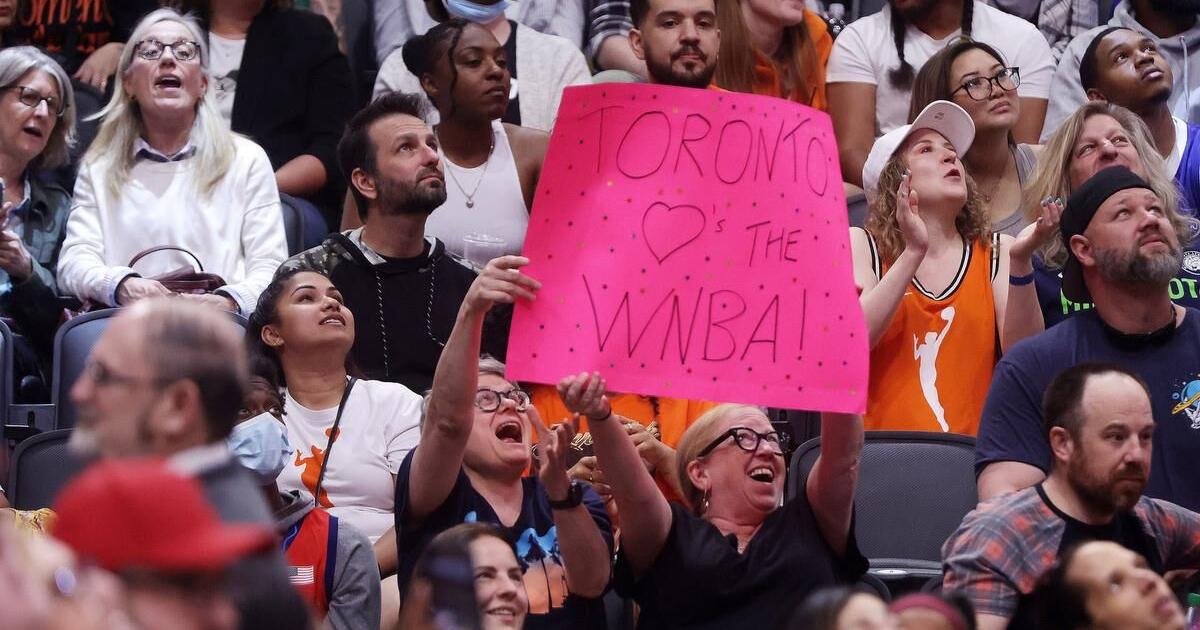Don't call it the Kawhi Leonard Rule or the LA Clippers Rule. In truth, the NBA's new Player Participation Policy affects every team.

theathletic.com
September 21, 2023
To many, the LA Clippers, specifically Kawhi Leonard and Paul George, have come to personify the load management that the NBA’s new Player Participation Policy (PPP) is trying to curtail.
The new provision, announced last week, is designed to ensure the game’s best players are consistently available to play in as many of their teams’ 82-game regular season games as possible. It includes provisions on when the teams can and cannot sit their star players, defined as those who have been selected to an All-Star or All-NBA team within the last three seasons. That timeframe makes Leonard eligible, as you have to go back three seasons for the last time Leonard was selected to be an All-Star or to an All-NBA team. (George was named an All-Star this past season and received both accolades in 2021).
Yes, the Clippers will have to abide by this policy, which will impact which games Leonard and George miss. It’s also true Leonard and George have missed more time than any star pair of teammates over the last three years.
But to define the new rule’s goal of limiting load management as a Clippers-centric issue is misleading. Every team in the NBA, whether they have current stars, multiple stars, or the chance to have future stars, will be affected. And there are other teams whose actions over the years influenced this new policy to take effect now.
The PPP is in fact a beefed-up version of a player resting policy the league introduced six years ago. Those guidelines amounted to just four bullet points in an NBA Board of Governors summary that was more notable for its changes to the NBA Draft lottery.


